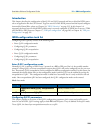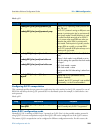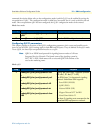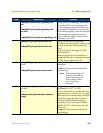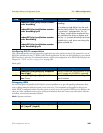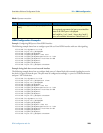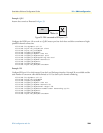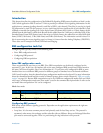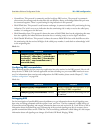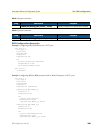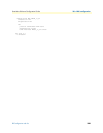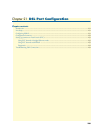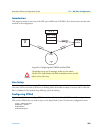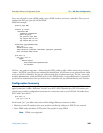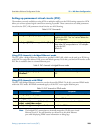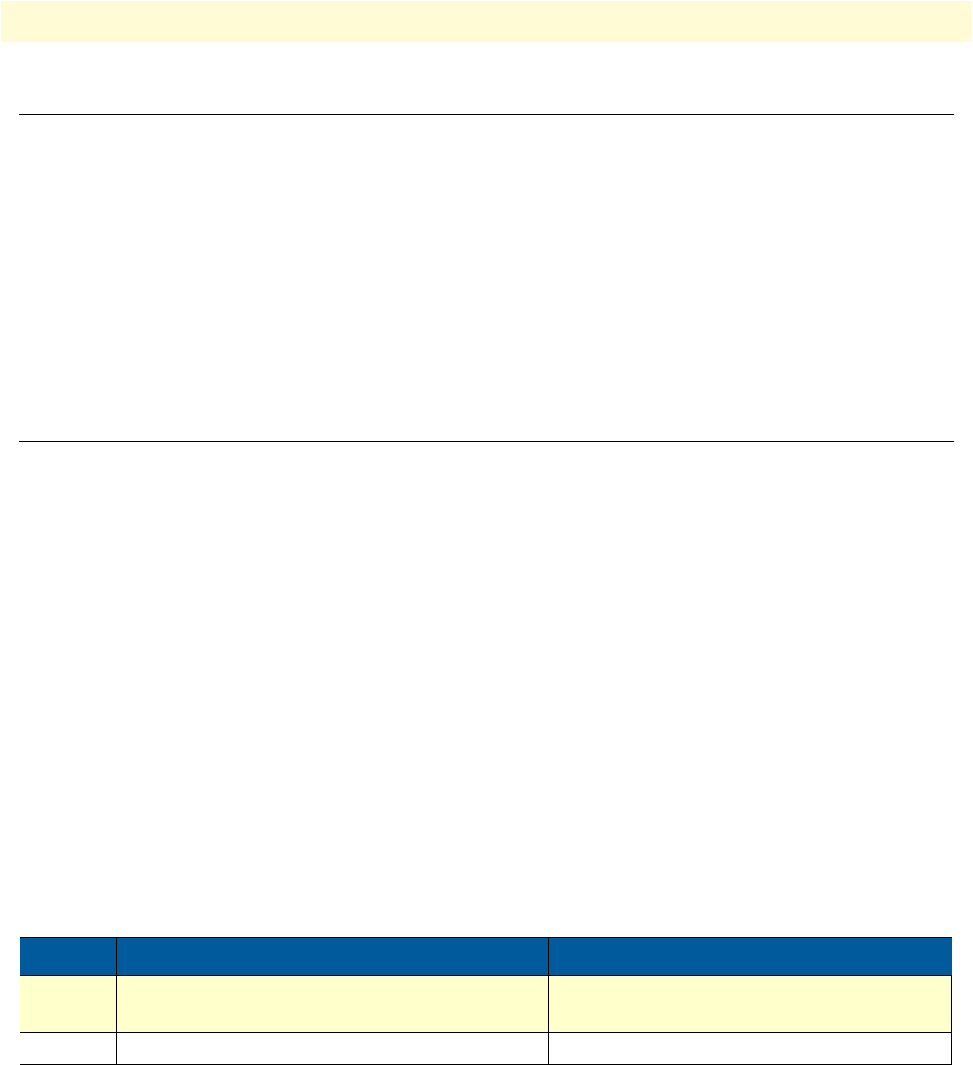
Introduction 226
SmartWare Software Configuration Guide 20 • RBS configuration
Introduction
This chapter describes the configuration of the Robbed Bit Signaling (RBS) protocol and how to bind it to the
Call Control application. RBS is used on T1 links to provide per-channel circuit signaling information. In this
application no common signaling channel is used like in ISDN, each channel (Time Slot) is carrying its signal-
ing information by itself. For this purpose, in every sixth frame the least significant bit of each timeslot is used
(robbed) to transmit the signaling state. In the Super Frame (SF) format that is built on 12 basic frames, the bit
robbed from the 6th frame is called the A-Bit and the bit robbed from the 12th frame is called the B-Bit. If the
Extended Super Frame (ESF) format issued, that exists on 24 basic frames, the robbed bits are called A-Bit (6th
frame), B-Bit (12th frame), C-Bit (18th frame) and D-Bit (24th frame). The information carried in these 2/4
bits is representing the current signaling state in a format it is known from the Analog Telephony (FXS/FXO).
These states are for example On-Hook, Off-Hook and Ringing.
RBS configuration task list
Configuring RBS typically consists of the following tasks:
• Enter RBS configuration mode
• Configuring RBS protocol
• Configuring RBS encapsulation
Enter RBS configuration mode
There are two different ways how to use RBS. First, RBS encapsulation can be directly configured on the
requested T1 port. In this case, all timeslots will use the same configured RBS protocol and will be bound to
the same Call Control interface. But if not all timeslots of a T1 port have to be configured for RBS or some
timeslots have to use a different RBS protocol or different groups of timeslots have to be bound to different
Call Control interfaces, then the channelized port configuration model must be selected. For more information
about the channelized model and the creation of channel groups, please consult Chapter16, “PRI port config-
uration” on page 191. Because RBS encapsulation can be set in different configuration modes (Port and Chan-
nel Group), an independent mode name ‘base-mode’ is used in the command description below. It refers to the
real mode where encapsulation ‘rbs’ can be configured.
Mode: base-mode
Configuring RBS protocol
RBS knows several different signaling protocols. Dependent on the application requirements the right one
must be selected.
• Loop Start: It is the most common protocol and primarily used for local loop services. The protocol is
asymmetric what means, the exchange and the subscriber side are different. Always an Exchange/Subscriber
pair must be connected together. There is a provisioning for ring indication in this protocol.
Step Command Purpose
1
node(base-mode)]#[no] encapsulation
rbs
Enables/Disables RBS
2
node(base-mode)]#rbs Enter the RBS configuration mode



